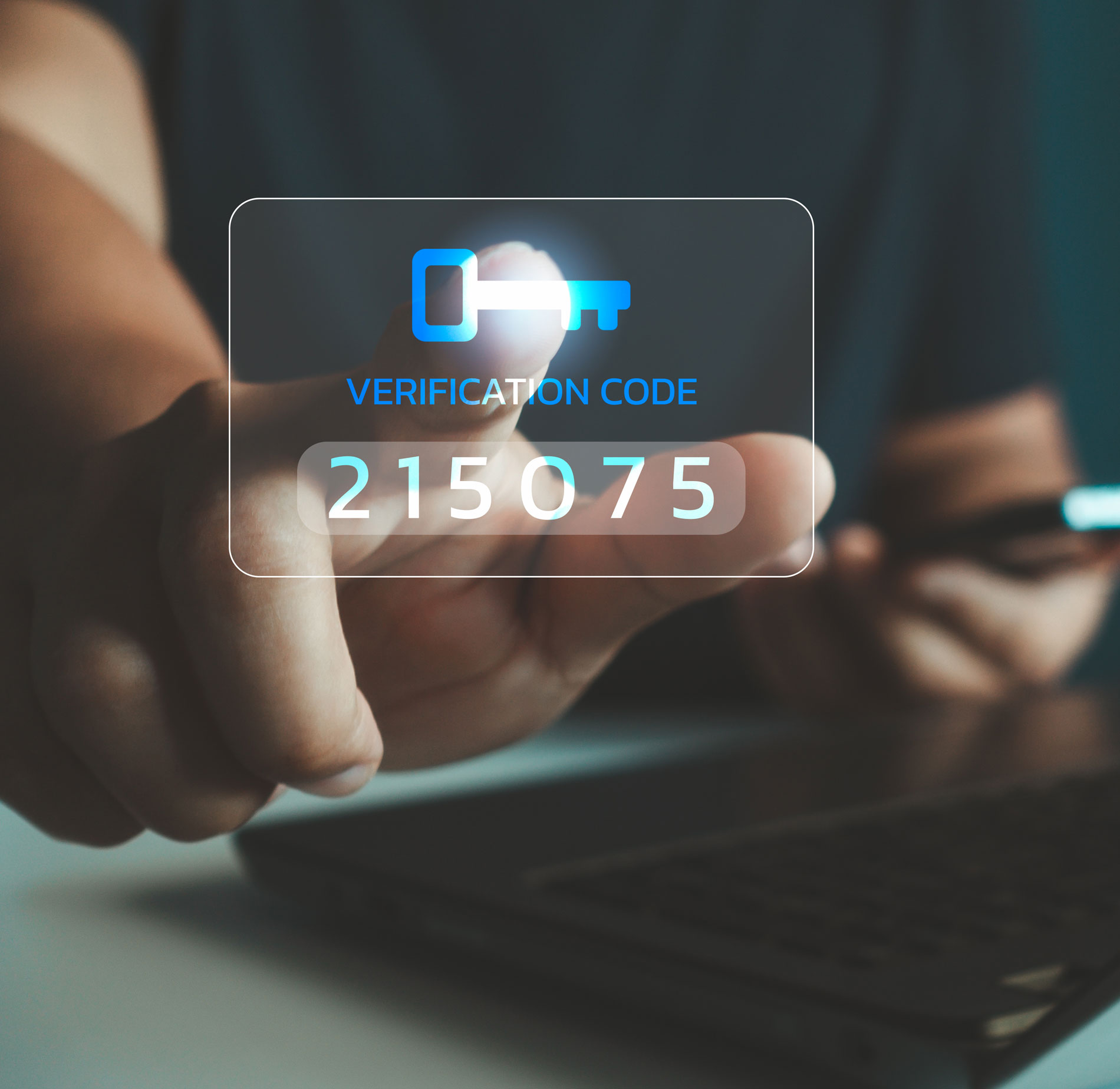
Protect Yourself with Multifactor Authentication
Is Your Password Really Protecting You?
Think your password is keeping hackers out? Think again. Even if you use a complex password or a password manager, cybercriminals still have ways to break in. And once they’re in, they can steal your data and even your identity.
So, what’s the solution? More than just a password!
Multifactor Authentication (MFA) – A Second Layer of Security
MFA adds an extra step to verifying your identity, making it much harder for hackers to access your accounts. This extra layer of security can protect your business, online purchases, bank accounts and personal information.
Other Names for MFA:
- Multifactor Authentication
- Two-Step Authentication
- 2-Step Verification
- Two-Factor Authentication (2FA)
How Does MFA Work?
MFA requires you to verify your identity using two or more factors, making your account significantly more secure. Even if a hacker gets hold of your password, they’ll still need a second authentication method—something much harder to steal.
To verify it’s really you, online services may ask for:
- Something You Know – A password or PIN
- Something You Have – A text message code, authentication app, or security key
- Something You Are – A fingerprint or face scan
How to Enable MFA
You’ll find MFA options in the security settings of your most-used accounts. Look for terms like “Two-Factor Authentication,” “Multifactor Authentication,” or “Two-Step Verification.”
- Text message (SMS) or voice verification
- Authentication apps (like Google Authenticator or Authy)
- Phishing-resistant MFA (such as hardware security keys)
- Biometric authentication (fingerprint or face scan)
Take Action
Whenever you see the option to enable MFA, turn it on. A few extra seconds can mean the difference between keeping your accounts secure and falling victim to cybercrime.
